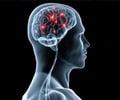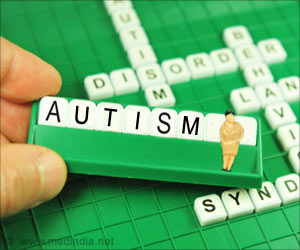Scientists now have a better understanding of a perplexing gene that is associated with susceptibility for a wide spectrum of severely debilitating mental illnesses.
Scientists now have a better understanding of a perplexing gene that is associated with susceptibility for a wide spectrum of severely debilitating mental illnesses.
Two independent research studies published by Cell Press in the September 24th issue of the journal Neuron provide fascinating insight into the molecular mechanisms that link disrupted-in-schizophrenia 1 (DISC1) with the proper development and migration of neurons in the hippocampus, a brain area involved in learning and memory and associated with the pathology of schizophrenia.Previous work established a key role for DISC1 in the process of neurogenesis, which occurs constitutively throughout life in a part of the hippocampus called the dentate gyrus. However, the signaling mechanisms by which DISC1 regulates the complex events of neuronal development have remained elusive. "Despite the initial promise that the study of DISC1 function would reveal susceptibility mechanisms of major disorders, including schizophrenia and bipolar disorder, a comprehensive picture of its function is far from complete, in part because DISC1 seems to have multiple roles in brain cell physiology," explains Dr. Atsushi Enomoto from Nagoya University Graduate School of Medicine in Japan.
Dr. Enomoto, along with Dr. Masahide Takahashi and other colleagues, found that DISC1 interacts with the actin-binding protein Girdin to regulate the development of nerve cell processes called axons. Girdin was previously identified as a substrate for AKT, another gene linked with schizophrenia, and is thought to be required for normal cellular structure. Cells from the dentate gyrus of neonatal mice lacking Girdin exhibited profound deficits in axon sprouting.
Further, inhibition of DISC1/Girdin interaction resulted in abnormal migration and positioning of developing neurons, leading to a massive disorganization of the dentate gyrus. "Our work identifies Girdin as an intrinsic factor in postnatal development of the dentate gyrus and provides insights into the critical role of the DISC/Girdin interaction in postnatal neurogenesis in the dentate gyrus," offers Dr. Takahashi.
In a separate study, Dr. Guo-li Ming from the Johns Hopkins University School of Medicine in Maryland found that DISC1 suppression in newly formed neurons in the adult hippocampus led to overactivation of AKT. Further, DISC1 interacted with AKT binding partner KIAA1212. KIAA1212, which is the same molecule as Girdin, enhanced AKT signaling in the absence of DISC1.
Dr. Ming and her colleagues went on to show that defects in neuronal development that were stimulated by either DISC1 suppression or genetically enhanced AKT signaling were rescued by pharmacological inhibition of mammalian target of rapamycin (mTOR), an AKT downstream target. "Our study identifies the AKT-mTOR signaling pathway as a critical DISC1 target in regulating neuronal development and provides a framework for understanding how multiple susceptibility genes may functionally converge onto a common pathway in contributing to the etiology of certain psychiatric disorders," says Dr. Ming.
Advertisement
Source-Eurekalert
ARU













